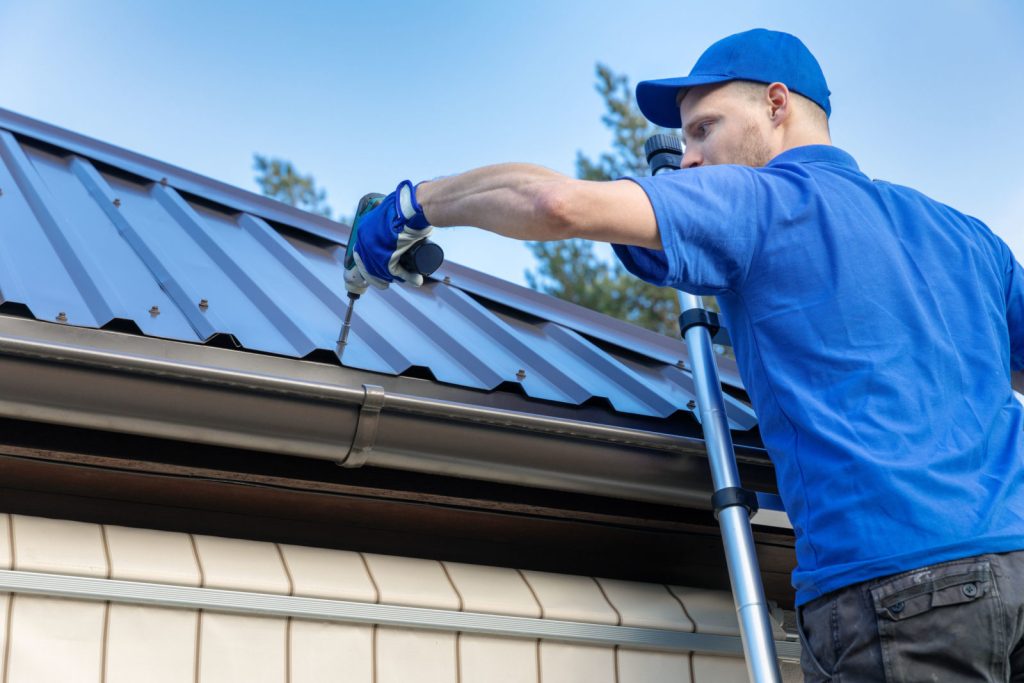The Environmental Impact of Regular Roof Maintenance
Regular roof cleaning doesn’t just benefit your property—it’s also an environmentally conscious choice. Moss and algae can release spores into the air, affecting nearby plants and ecosystems. Removing these growths reduces their impact and promotes a healthier environment.
Additionally, eco-friendly roof cleaning methods use biodegradable solutions that are safe for waterways and surrounding vegetation. Clint highlights, “Choosing green cleaning solutions protects your property and contributes to sustainability.”
By prioritising eco-friendly maintenance, homeowners can enjoy a clean roof while minimising their environmental footprint.
Learn about our green roof maintenance services. Regular roof maintenance plays a significant role in reducing environmental impact while enhancing the lifespan of roofing systems. A well-maintained roof minimizes the need for frequent repairs or replacements, which helps conserve resources and reduce waste. For example, when roofs are neglected, issues such as leaks or structural damage can necessitate large-scale repairs or even full roof replacements, resulting in the disposal of old materials like shingles, wood, or metal. These discarded materials often end up in landfills, contributing to pollution and the depletion of natural resources used to produce new roofing components.

Routine maintenance, such as cleaning gutters, inspecting for damage, and addressing minor issues promptly, prevents extensive damage that requires significant resource use. It also helps improve energy efficiency. A roof in good condition ensures proper insulation, reducing the need for excessive heating or cooling. Lower energy consumption means fewer greenhouse gas emissions, as less energy is drawn from fossil-fuel-based power sources. Moreover, reflective roofing materials and coatings, often part of regular upkeep, can further enhance energy efficiency by minimizing heat absorption, particularly in urban areas prone to the “heat island” effect.
Another critical aspect of roof maintenance is the potential to support eco-friendly upgrades. For instance, a well-maintained roof is more likely to accommodate solar panels or green roofing systems, such as vegetative coverings. These installations promote sustainable energy use and improve air quality. Additionally, by maintaining a clean and intact roofing system, homeowners can prevent harmful substances, such as mold or chemical runoff from degraded materials, from entering local water supplies during rainstorms.
Ultimately, regular roof maintenance is a proactive approach to reducing environmental harm. By extending the life of roofing systems, improving energy efficiency, and minimizing waste, it ensures that homes contribute less to environmental degradation. Homeowners who prioritize maintenance not only save on long-term costs but also support a more sustainable future for their communities and the planet.
